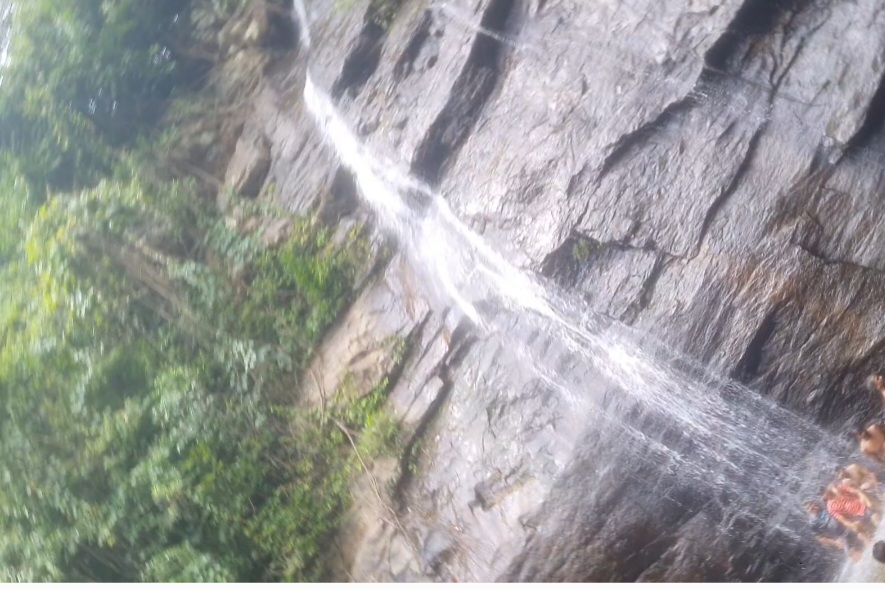Waterfalls form when a river or stream encounters a change in terrain, causing the water to cascade down a steep drop. This often happens where a river flows over a resistant rock layer (like granite) that’s more durable than the surrounding rock. The water erodes the softer rock beneath, creating a vertical drop and a plunge pool below.
Here’s a more detailed explanation:
Erosion:
Waterfalls are a result of erosion, the wearing away of the Earth’s surface by water, wind, or ice. Rivers carry sediment, which acts like sandpaper, gradually eroding the streambed, particularly softer rock like sandstone or limestone.
Rock Type Differences:
Rivers often flow over different types of rock. If a river flows from a hard rock layer (like granite) to a softer rock layer (like shale), the softer rock will erode much faster.
Undercutting:
The faster erosion of the softer rock creates an overhang of the harder rock. Eventually, this overhang becomes unstable and collapses, causing the waterfall to retreat upstream over time.
Fall Line:
The line where rivers plunge from higher to lower elevations is known as the fall line. Waterfalls are often found along this line, marking the boundary between different rock formations.
Other Factors:
Waterfalls can also form due to geological events like fault lines, glacial activity, or where rivers of different speeds join.
In essence, waterfalls are a dynamic feature of the landscape, shaped by the ongoing interaction between flowing water, differing rock types, and the power of erosion.
waterfalls//waterfalls are a dynamic feature of the landscape, shaped by the ongoing interaction between flowing water, differing rock types, and the power of erosion.












Leave a Reply